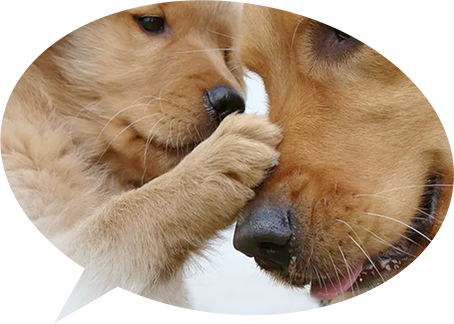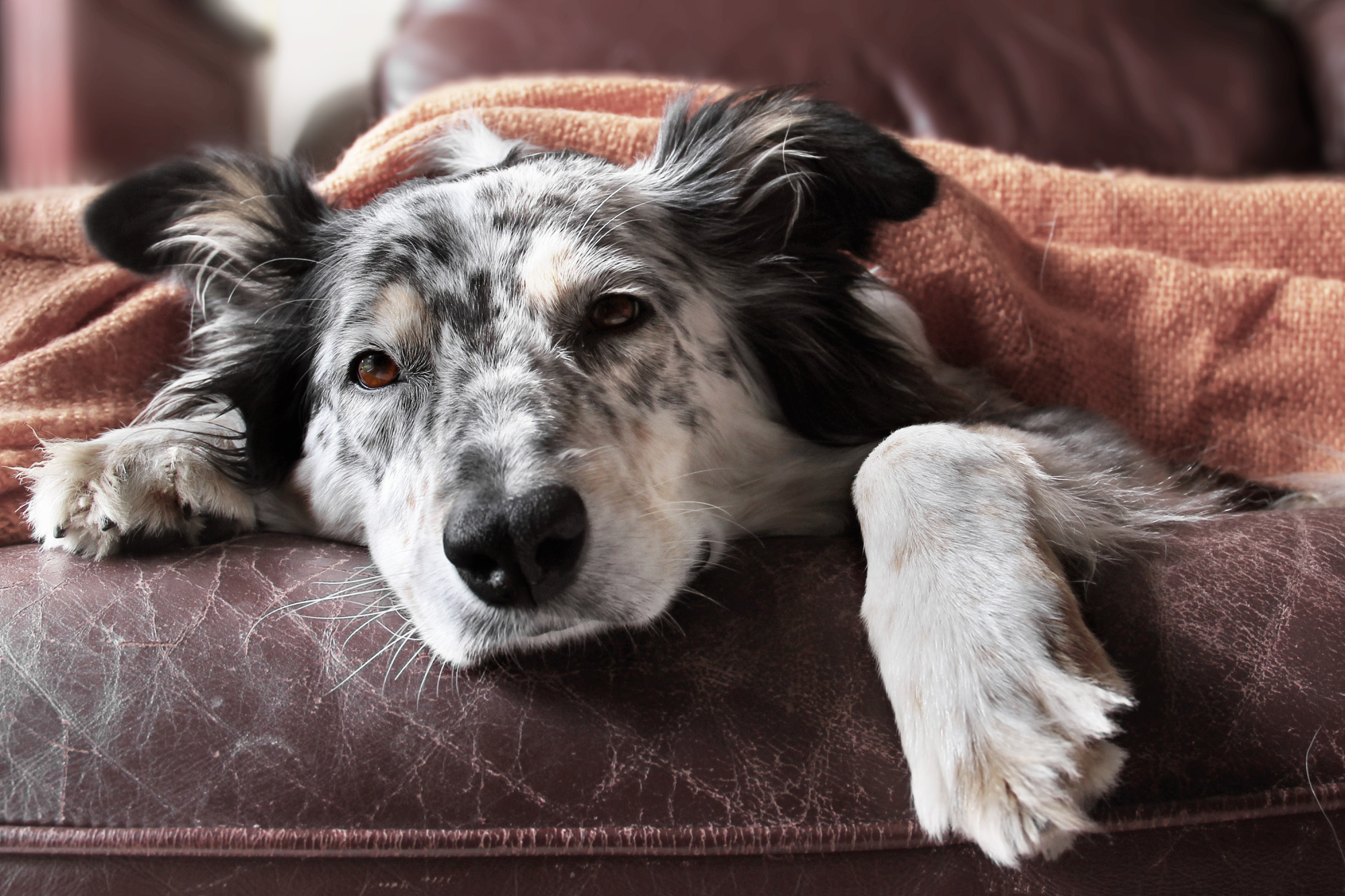5 Signs That Your Dog Suffers from Anxiety
More than 48 million households in the United States are home to a pet dog. These furry friends are a lovely addition to any home. They provide companionship, protection, and support for their pet parents and family. In recent years we have also seen a massive increase in the number of people using medical support dogs. These dogs are specially trained to help their owners manage mental and physical conditions. However, like their owners, dogs can also show signs of anxiety.
Dog anxiety can develop over a long period or come on very suddenly. You may notice a change in your dog’s behavior if it does. As dogs cannot communicate with us directly, recognizing the signs of anxiety in dogs is extremely important.
Want to know more? Then you’re in the right place! Read on to learn about dogs’ anxiety and how to spot it!
Why Do Dogs Develop Anxiety?
Dogs can develop anxiety for a considerable number of reasons. It may develop over time or come on as the result of a sudden traumatic experience.
For example, dogs mistreated by a previous owner may be more likely to experience anxiety.
Underlying medical issues can also affect your dog’s hormone levels, leading to anxiety. These include:
- Thyroid conditions
- Pulled muscles
- Cognitive dysfunction syndrome (CDS)
Some dogs also develop a particular type of separation anxiety. This means they become more anxious in specific environments or when you are about to leave them.
Fortunately, dogs tend to express their anxiety quite clearly. This means there are specific apparent symptoms of anxiety in dogs.
Want to know how to tell if your dog has anxiety? Look at five common signs of stress in dogs to look out for.

1. Restlessness
Often when dogs (or humans for that matter!) feel anxious they find it very hard to settle. This means their behavior will become more restless than usual.
You may notice that your dog struggles to stay still and paces around more. They may also bark more than usual without any apparent reason.
Of course, restlessness can also be a sign that they need exercise. They may be anxious if they are still showing these signs after a walk or run in the backyard.
2. Inability to Follow Routine
Most dogs, like humans, are creatures of habit. Having a routine provides a sense of safety and security. This helps them understand when they are going to see you, when they are going to eat, and when they are going to exercise.
However, when your dog feels anxious, they may find it difficult to follow this routine. Often this means they will wake at strange hours.
Going to the bathroom in the house rather than outside is another common sign of stress and anxiety. This happens because your dog cannot follow its usual routine of going out or waiting to be let out.
3. Aggression
When a dog is very anxious or stressed it goes into fight or flight mode. Because of this, you may find that its behavior is more aggressive than usual. This can include:
- Barking or growling more
- Behaving aggressively toward other humans or animals
- Becoming more destructive than usual
Aggressive behavior can be challenging to deal with. It is essential to remain calm and to relax your dog as quickly as possible if it becomes aggressive.
4. Panting and Excessive Drooling
Panting and drooling are common in dogs when exercising or trying to stay cool in the summer months. If you notice your dog drooling or panting a lot and it’s unrelated to exercise or the weather, it is a good idea to check this out.
Excessive panting is a common sign that your dog feels scared, anxious, or stressed. In particular, you may notice them doing this when on car journeys, visiting the vet, or if they are exposed to loud noises, such as fireworks.
5. Crying or Whining
For a dog, crying is the closest to expressing emotion as humans do. This doesn’t always mean that tears will come streaming down your dog’s face.
A dog’s cry often involves a whining or whimpering sound as well. Unlike barking, this can be an almost involuntary sound. You may notice them making it when you are about to leave them or they are resting.
They do this to alert you to the fact that something is wrong.
A little whining is standard, especially in young dogs settling into a new home. But if your dog is whining a lot or suddenly starts whining, it is worth checking out why this might be.
What to Do for an Anxious Dog
Fortunately, you can do plenty of things to help an anxious dog. The sooner you act, the easier it is to help them with their anxiety.
There are lots of different ways to help relieve your dog’s anxiety. Some remedies are natural, but your vet may recommend medication in severe cases. A few popular options that are natural include:
- Behavioral training around fear triggers
- Changing your dog’s diet
- Exercise and socialization with other dogs
- Calming CBD soft chews
If your dog is noticeably anxious, it is essential to calm them down as soon as you can. Cuddling is a great way to do this, as physical contact with you will reassure them. However, you should never pat an anxious dog on the head, which can agitate them.
It is a good idea to try and understand the source of your dog’s anxiety so that you can prevent it in the future. To do this, you may want to take them to see the vet for a health check.
It is also good to look at their daily routine and environment to see if anything could contribute to their anxiety. Removing anxiety-inducing triggers will do your dog a world of good!
Watch Out for Signs of Anxiety in Dogs
There are many reasons why dogs can become anxious; thankfully, you can do plenty of things to help an anxious pet. Keeping an eye out for the signs of anxiety in dogs means you can give your pet the proper support it needs as soon as possible.
For more advice on what to do next, check out these top tips for helping your dog cope with anxiety.








